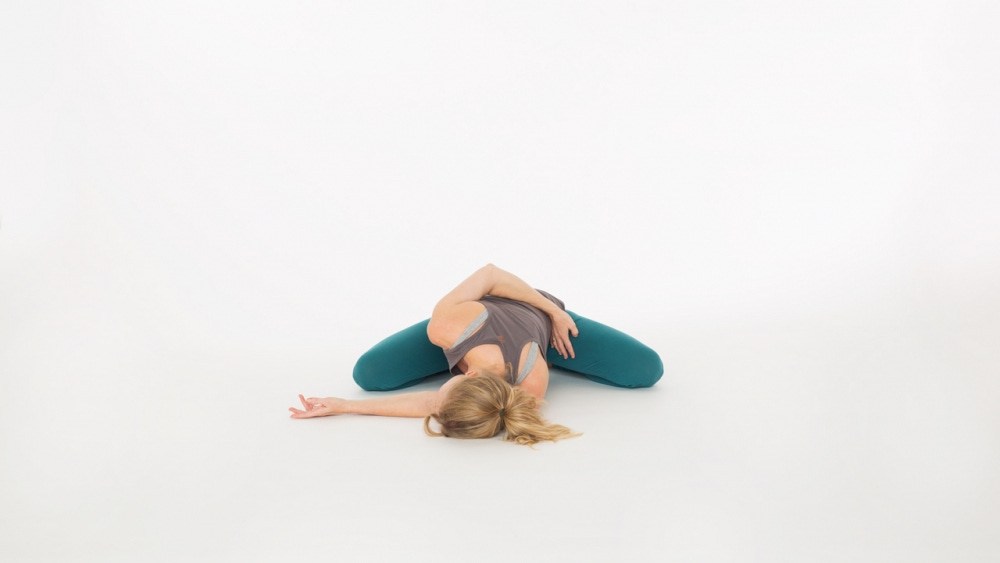Cycles of Grief
Brene Brown reminds us that grief is a natural response to loss and change. Everyone experiences, has experienced, will experience, loss, change, grief. Of loved ones, old versions of ourselves, pets, places, hopes, dreams, friendships, jobs, culture, moments. The human experience is full of precious moments, never to be revisited.
A tremendous amount of grief recently surfaced with people in my daily interactions. There are so many reasons to grieve, yet it often feels subverted, dismissed and invalidated. Unless someone is comfortable confronting and holding their own grief, they will not be able to do the same for others. Encountering someone willing and capable of holding space for your grief is an incredible gift.

There are no stages to grief. The seven stages are bullshit. Grief never goes away; it may alter and adapt with time, but it’s always there. We may learn how to live with the loss, but the loss will always remain. We are cyclical beings by nature, like nature, and I believe grief moves in the same way. Grief becomes especially potent in the moments when we are reminded of the loss, even years later. In these moments, grief can overcome and overwhelm all over again.
Can we hold our grief in tenderness, especially in the moments it overcomes.
The Lung Meridian
Resilience is defined as the capacity to withstand or rebound more quickly from challenges and difficulties. It’s elasticity in response to the inevitable losses and changes we will experience in life. One of the most potent gifts of a yin practice, in my opinion, is the space it creates to swim in the depths of the human experience to cultivate resiliency. The lung meridian is associated with grief. The yin shapes that stimulate this meridian offer nourishment to this particular emotion.
From a book often referenced here, Sarah Power’s Insight Yoga shares the energetic qualities of the lungs. In balance, lung chi is associated with courage and reverence, cultivating greater ability to stay present in each moment and appreciate its precious nature. Grief associated with loss is associated with a depletion of lung chi.
All emotions associated with the organs are considered natural responses to life. Yet when they become compulsive or prolonged, they become injurious to our overall health. Poor lung chi is expressed not only through bouts of sadness, but also by feeling emotionally stopped up or unable to express grief.
Sarah Powers, Insight Yoga
Our lungs are our life-giving organs, the first point of assimilation between the external world and the internal. How many of us has experienced the immense sobs from grief that have us gasping for air? Balanced lung chi is associated with the capacity and willingness to endure. Lungs are tender, complex and vital, just like grief.
Can we hold our grief in reverence, especially for its reminder of our incredible capacity for love.
Practical Application
How often do you sit with your grief when it arises? Grief wants, above all else, to be witnessed and held, without trying to fix or change.
Can we hold our grief in compassion, especially when it has no where else to go.
Two of my favorite yin poses to support the lung meridian are as follows. If either of these shapes are accessible for you, give them a try and give yourself space!
Wide-Knee Child’s Pose with Twist
Come into a wide-knee child’s pose, using any support or props as needed.
Thread one arm to the opposite side and rest the side of your head down on the mat or a prop.
Stay for 2-3 minutes in stillness and disengaged muscles.
Slowly switch sides and repeat on the second side.
Come out slowly.
Note: in yin always listen to your body and if you experience any tingling, numbness or sharp shooting sensation, come out of the shape.
Supine Spinal Twist
Lie on your back, draw your knees towards your chest and lower them to one side, with a bolster or support between your shins.
Stay for 3-5 minutes in stillness, or longer if comfortable!
Slowly switch sides and repeat on the second side.
Come out slowly.





Thanks for writing this Audrey. That first yoga pose is one that makes me cry, so that’s validating.